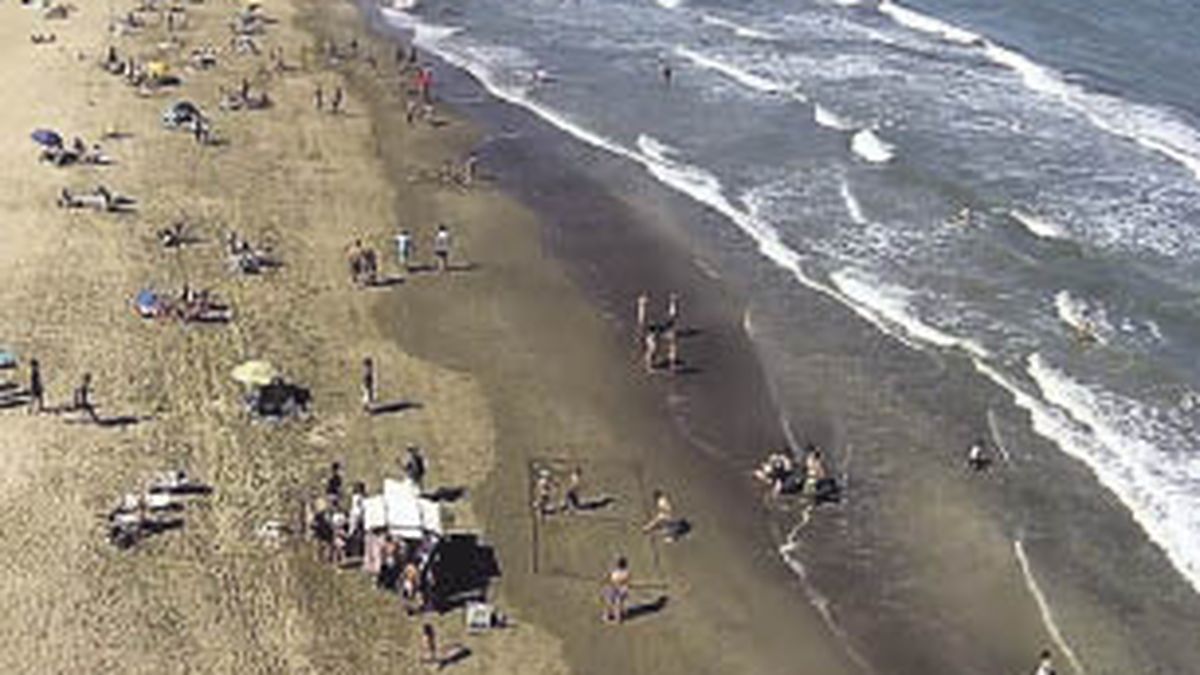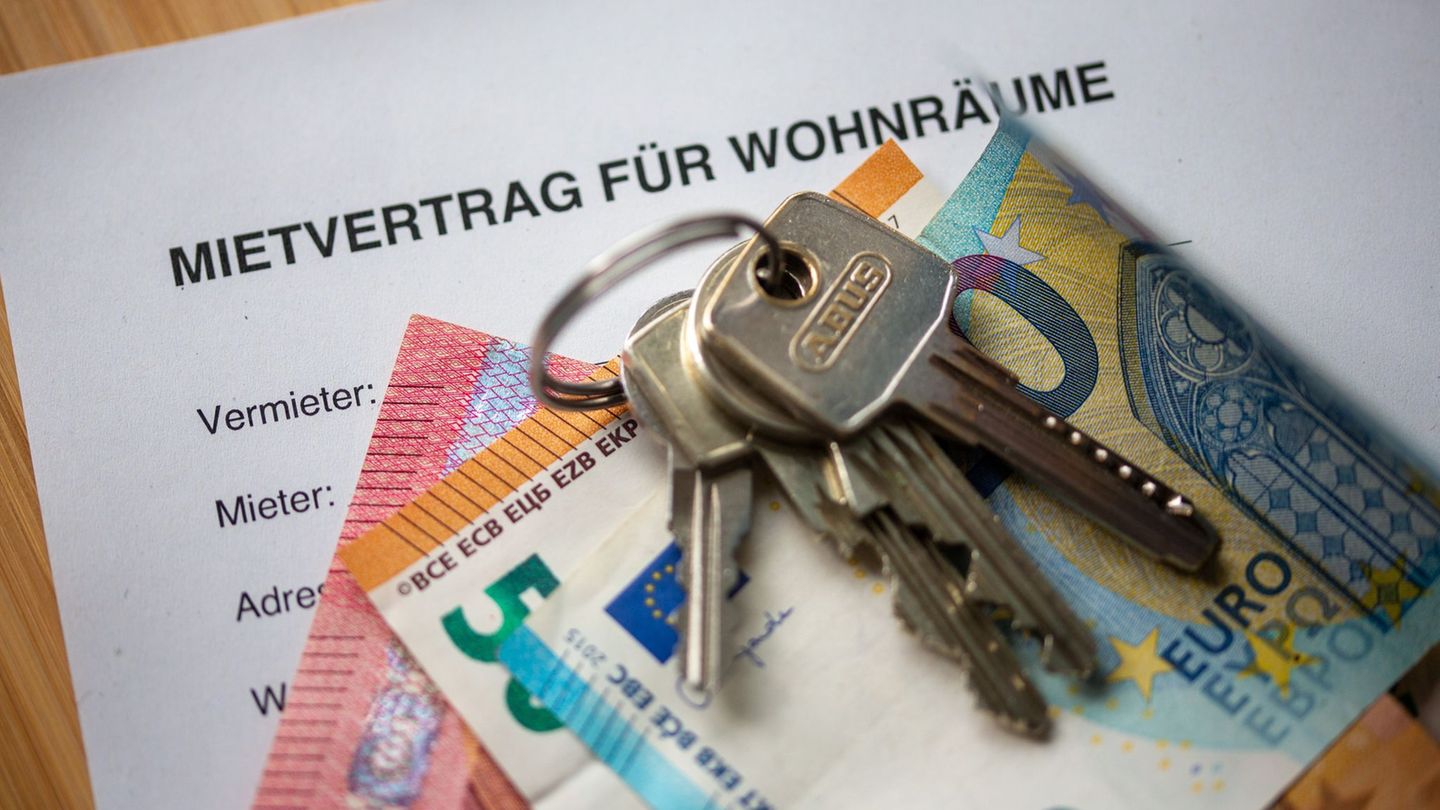The Minturdep report highlights that “destinations throughout the country had excellent occupancy levels in the first half of February thanks to the promotion of the ‘PreViaje’ program”, while national representatives of the private sector agree with this evaluation and the good prospects for carnivals .
From the province of Buenos Aires, the report highlights destinations such as Partido de la Costa, with 93% occupancy of more than 25,000 beds, the same as Pinamar, with the same number of hotel beds (more than 300,000 informal) and Villa Gesell, which has 7,200.
Mar del Plata, the largest tourist destination in the provinces, had a little over 85% occupancy, but this percentage represents a greater number of tourists than in the previous destinations, since it is over 36,000 hotel beds, to which are added some 350,000 in houses and apartments.
Also in Buenos Aires territory, the document mentions Tandil, with an occupation of 80% of its 8,000 beds, and then Cordovan destinations such as Villa Carlos Paz, with 90% of 70,000 beds of all kinds; Mina Clavero, 93% of 13,000, and Villa General Belgrano, 90% of its 5,000 beds.
In Patagonia there are several destinations that had an average occupancy rate of 90%, although with different capacities, such as San Carlos de Bariloche, which has some 38,000 hotel beds; Las Grutas, also in Río Negro, with 44,000 of all kinds, and San Martín de los Andes, in Neuquén, which has more than 6,600.
Other Patagonian destinations with a high percentage of occupancy were Villa La Angostura, in Neuquén, with 93% of almost 4,400 hotel beds (8,000 outside the hotel); Villa Pehuenia, 90% of 1,400; Puerto Madryn, in Chubut, with 85% of 7,000; El Calafate, Santa Cruz, 90% of 5,300, and Ushuaia, which occupied 86% of its 6,000 tourist beds.
The document also refers that this was “a historic summer for the region” of the NOA, with “the best January recorded in Salta and Jujuy”, and highlights Salta destinations such as Coronel Moldes and San Antonio de los Cobres, the same as 80% occupation of the 12,000 Jujuy beds distributed throughout the province.
The trend was also maintained in the Litoral, with 90% average occupancy in Entre Ríos, which has 54,000 beds; the same percentage in Puerto Iguazú, with 15,000, while in Misiones, San Ignacio had 88%, out of 750 places, and El Soberbio occupied 87% of the 500 available.
From Cuyo, the report provides data on 86% occupancy in the province of San Luis, which has 21,000 hotel beds and some 14,000 informal ones, and from San Rafael, in Mendoza, with 94% over some 10,000 beds.
Regarding the prospects for the long weekend of Carnival (from Saturday, February 26 to Tuesday, March 1), he points out that “Mar del Plata and Puerto Iguazú foresee a ‘historic movement'”.
Regarding the reservations registered for those dates, it indicates that they already exceed 98% in Partido de la Costa, 96% in Jujuy, 95% in Bariloche, 93% in Puerto Madryn, 90% in Ushuaia, and 82% in % in Tafí del Valle, Tucumán, where there are 1,800 places.
Regarding the summer season, the Minister of Tourism and Sports, Matías Lammens, stated that “with the impetus of Previaje, we had a great tourist movement in the first fortnight of February in destinations throughout the country.”
“We have great projections for the long weekend of Carnival, which will consolidate a record season, essential for the reactivation of our regional economies,” he added in the statement from the portfolio in charge.
In the same text, the president of the Argentine Chamber of Tourism, Gustavo Hani, pointed out that “from the private sector we see with joy that the summer season continues to consolidate with figures similar to January and the carnival weekend will be a record in all destinations.
“In addition, very encouraging figures emerge from the Argentine Tourism Observatory, such as the fact that 30% of Argentines who do not travel in the summer will do so from April, when in 2021 it was only 6%”, highlighted the manager.
The official report reiterates that “more than 4.5 million Argentines and Argentines accessed PreViaje and will obtain a refund of 50% of the expenses in credit to reuse in the tourism sector throughout 2022″ and that in this edition of the program ” receipts for $99,000 million were entered, which multiplied by ten the total billed in 2020″.
Source: Ambito
David William is a talented author who has made a name for himself in the world of writing. He is a professional author who writes on a wide range of topics, from general interest to opinion news. David is currently working as a writer at 24 hours worlds where he brings his unique perspective and in-depth research to his articles, making them both informative and engaging.




